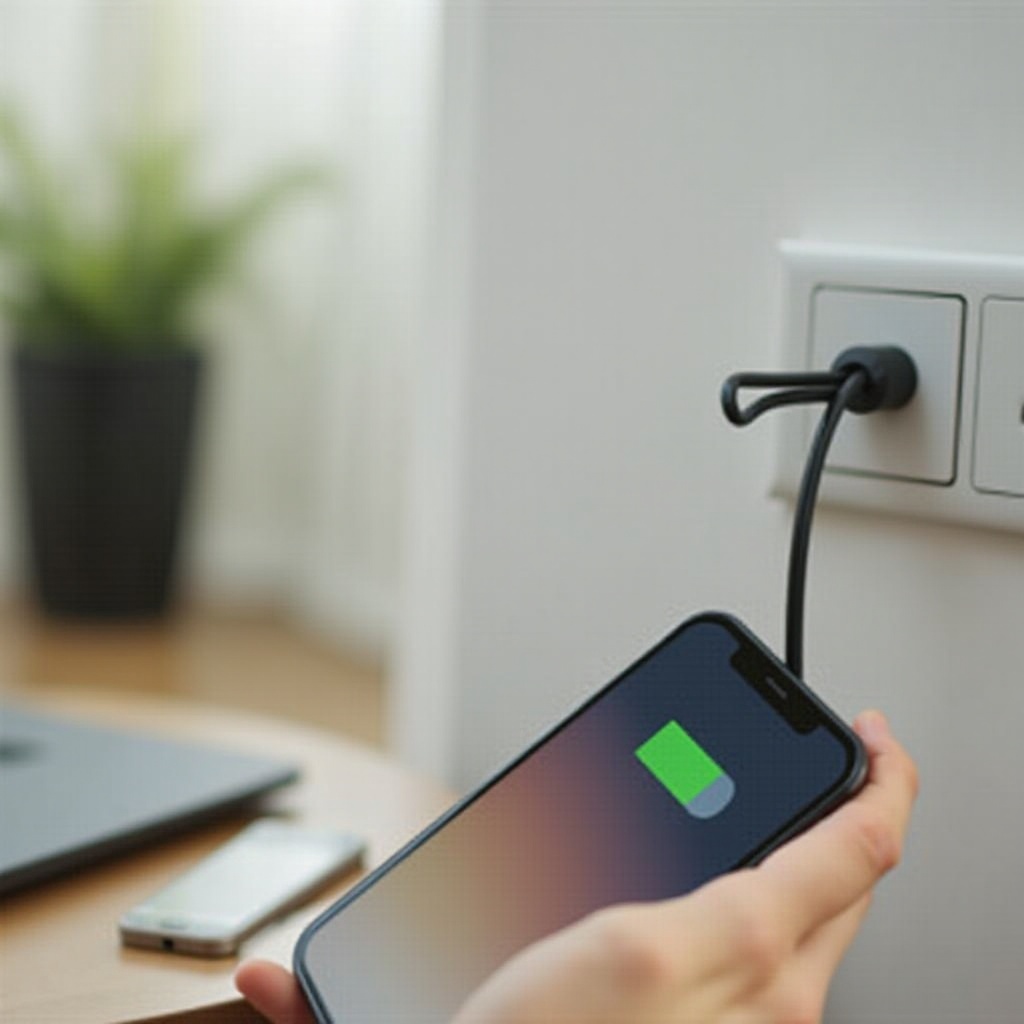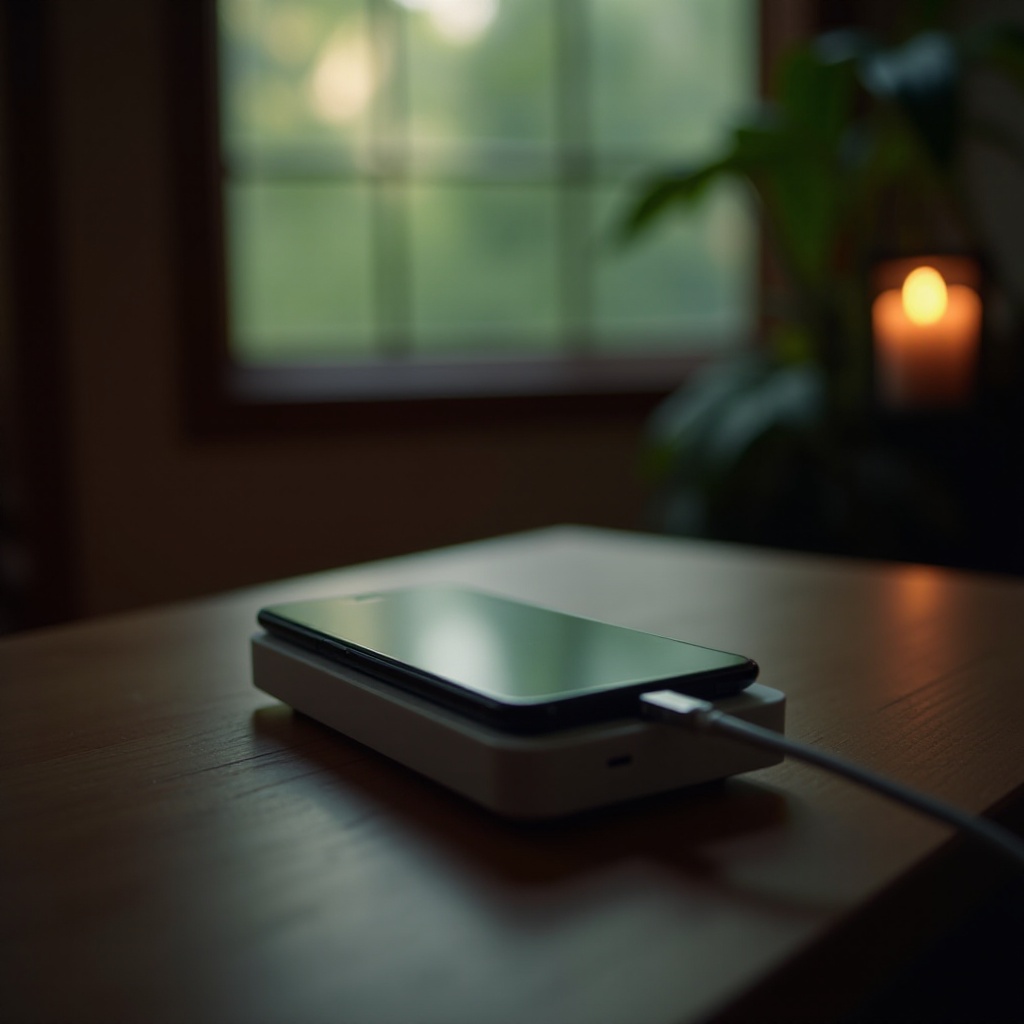
Introduction
Understanding the electricity usage of a phone charger is crucial not just for personal expenditure but also for global energy conservation. As billions of people use phone chargers daily, small improvements in energy efficiency can lead to significant overall savings. This article explores the intricacies of phone charger electricity usage, costs, and practical steps to reduce waste.

What Determines a Phone Charger’s Electricity Usage?
A phone charger’s electricity consumption is influenced by voltage and amperage, which together define wattage—the measure of total power. The voltage indicates the difference in electric potential that moves current, and amperage is the measure of current flow. These elements vary across different chargers and phone models, impacting how much electricity is used.
Various factors influence a charger’s electricity usage, such as whether it’s a fast charger or a standard one. Fast chargers tend to consume more electricity due to higher wattage, but they charge devices more quickly. Personal charging habits also significantly affect consumption. By understanding these technical elements, users can make smarter decisions about their charging practices.

Average Electricity Consumption of Common Phone Chargers
On average, a standard phone charger uses between 2 to 6 watts of power during active charging sessions. If a phone is charged for around two hours each day, this results in an annual power usage of approximately 4.4 kilowatt-hours (kWh). While this might seem minimal, the cumulative effect across millions of users is substantial.
Fast chargers typically consume more electricity as they operate at higher wattages to reduce charging time. Wireless chargers, although convenient, are often less efficient than their wired counterparts, as some energy is lost as heat during the charging process. Familiarizing oneself with these differences enables users to select chargers that align with their efficiency and consumption needs.
How to Calculate Your Phone Charging Costs
Calculating the cost of charging your phone is straightforward and involves a few basic steps:
- Find the wattage of your charger from its specifications.
- Estimate how many hours per day you spend charging your device.
- Multiply the daily usage (in hours) by the wattage and divide by 1,000 to convert to kWh.
- Multiply the kWh by your local electricity rate to find the cost.
If, for example, you have a 5W charger and you charge your phone for 2 hours a day at an electricity rate of $0.12 per kWh:
– 5 watts x 2 hours = 10 watt-hours per day.
– 10 / 1,000 = 0.01 kWh per day.
– 0.01 kWh x $0.12 = $0.0012 per day.
These calculations illustrate that while the individual costs may appear negligible on a daily basis, they accumulate over time. Being aware of these expenses allows for better financial management regarding energy use.
Tips to Reduce Your Phone Charging Energy Consumption
Minimizing the electrical usage of your phone charger is easy by committing to some simple practices:
- Unplug chargers when they are not in use to avoid phantom power draw.
- Use power strips with an on/off switch to quickly disconnect multiple devices at once.
- Choose chargers that are designed to be energy-efficient.
- Avoid overcharging your phone, which not only wastes electricity but can also shorten battery life.
Incorporating these habits can result in meaningful savings and contribute positively to environmental preservation.
The Environmental Impact of Phone Charging Habits
The seemingly insignificant act of charging a phone contributes to a large environmental impact when aggregated globally. Each charger’s small power consumption adds up, leading to substantial carbon emissions globally. By changing simple habits, users can significantly affect energy consumption and reduce their carbon footprint.
Beyond power usage, the production and disposal of chargers also pose environmental challenges. Many chargers end up in landfills, where they can leak harmful substances into the environment. Opting for eco-friendly charging solutions and recycling old chargers can help mitigate these effects.
Being mindful of these aspects encourages consumers to make choices that reflect a commitment to environmental sustainability.

Conclusion
By understanding the nuances of how much electricity a phone charger uses and implementing strategies to reduce consumption, individuals can make significant contributions to both their financial savings and global energy conservation efforts. Every small action, from choosing an efficient charger to unplugging devices when not in use, plays a part in the broader effort to secure a sustainable future.
Frequently Asked Questions
Does leaving a charger plugged in consume electricity?
Yes, leaving a charger plugged in draws a small amount of power even when not charging a device. This is known as phantom power.
Are fast chargers less energy efficient?
Fast chargers consume more electricity because of higher wattage, but they do not necessarily use more energy overall as they reduce charging time.
How often should I unplug my phone charger to save energy?
Unplugging your charger whenever it is not needed or after your phone is fully charged can save energy and prevent unnecessary power consumption.
